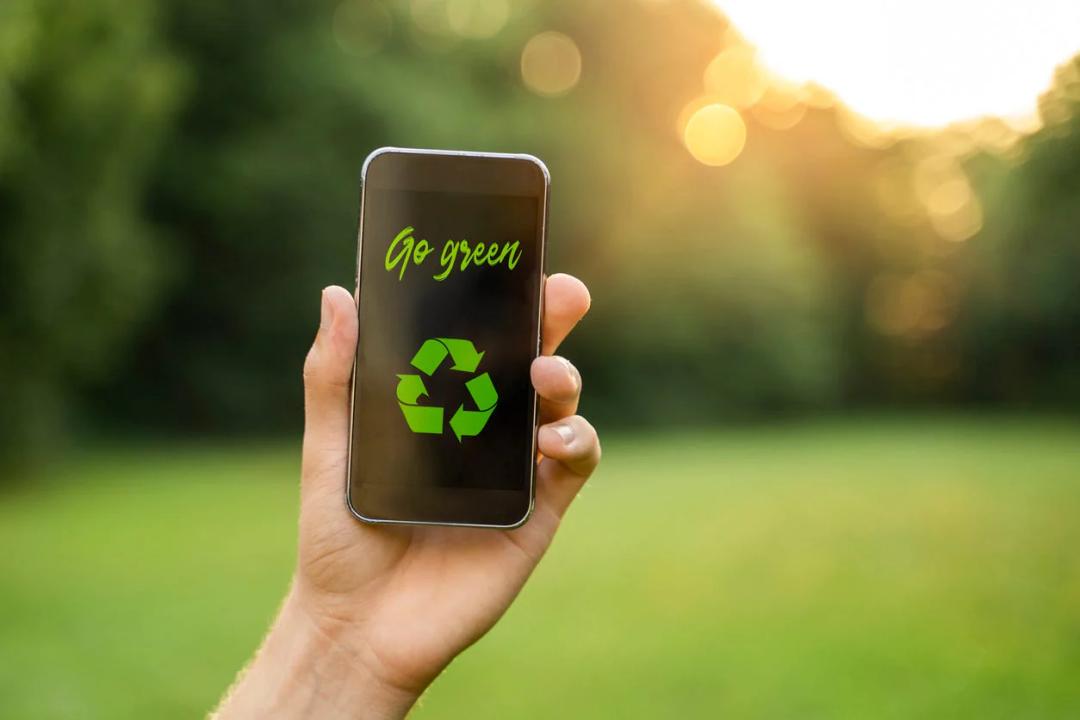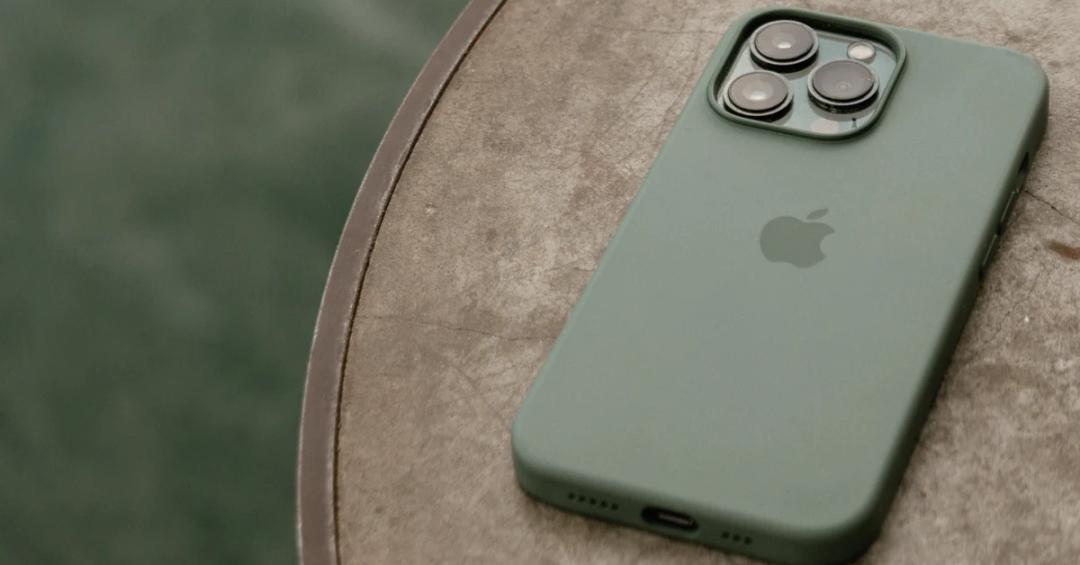News

Is Reebelo Trustworthy? You Asked, We Answered.
Sep 13th 2024
Hello! We’re Reebelo, your global, trusted, legit, and all-things-certified marketplace for refurbished electronics.

Why Buy Refurbished?
Aug 12th 2024
Refurbished is the best value for money for certified, high quality, expertly cleaned, eco-friendly products like iPhone 12 that make you feel oh so good!

The Season of Upgrades - Will it Be an iPhone 15 or Is the iPhone 13 Good Enough?
Sep 13th 2023
Where the iPhone 15 may have aspirational appeal, we're confident that iPhone 13 remains the most reliable upgrade in the market. From the seasoned specs and design to the size and color options - you will not be left yearning for more.

The Best Back-to-School Laptop Deals - Refurbished & Just Right
Aug 1st 2023
Are you on the hunt for the best back-to-school laptop deals? Well, you’ve come to the right place. Reebelo’s wide selection of laptops is certified refurbished, environment-friendly, and priced just right, keeping you within budget as you start college.

Should You Buy Refurbished AirPods? 3 Red Flags to Watch Out For
Jul 24th 2023
There’s no two ways about it. We love refurbished AirPods. Our global, hybrid team uses them daily to drown out the loud lawn mower or to resist the temptation to join in on the laughter coming from our office kitchen. What can we say- they’re a lifesaver and an investment that doesn’t require you to spend a fortune.

Certified Refurbished Tech that Will Make Back-to-School Fun & Affordable
Jul 21st 2023
With the end of summer break around the corner, the #1 item on every household’s to-do list is back-to-school shopping. And while it doesn’t take long to gather the regular classroom supplies, finding the best certified refurbished tech can take some research and thought.

5 Must-Have Portable Refurbished Devices for Your Summer Travels
Jul 11th 2023
Summer is incomplete without fun-filled travel plans. And travel is incomplete without a handful of devices that make long journeys much more comfortable, stress-free, and a tad easier.

6 Criteria To Consider Before Buying Your First Refurbished Apple Laptop
Jul 3rd 2023
If you’re buying a MacBook for school or work for the first time (yay, happy graduation day!), there’s a lot you have to consider to ensure you invest in the right device for your needs. Grab your trusty notepad - we’re here to help you navigate the various options available to choose your first refurbished Apple laptop.

Refurbished Tech Deals That Will Light Up Father’s Day
Jun 15th 2023
There’s a lot to choose for Father's Day from Reebelo’s wide selection of preloved phones, laptops, headphones, e-scooters, drones, and much more. All from the comfort of your home - as you leave the quality and vendor checks to our expert teams, and enjoy 100% functional devices with comprehensive buyer protection plans.

Does Carbon Capture & Sequestration Make Our Planet Greener?
Jun 8th 2023
Marking our calendars for World Ocean Day on June 8th, we can’t imagine a better topic to talk about than Carbon Capture and Sequestering (CCS). An innovative waste management technique that uses the power of our majestic oceans to reduce carbon impact on the environment.

3 Ways Your Gadgets Will Reduce Your Carbon Footprint if Bought Refurbished
Jun 7th 2023
The combined carbon footprint of devices like laptops, smartphones, tablets, and PCs has grown exponentially in the last few years. According to the Journal of Cleaner Production, it will increase to 14% by 2040, a sharp rise from 1% in 2007.

The Value of Refurbished Electronics for a Small Business
May 24th 2023
You’ve turned your dream small business plan into reality. You’re about to hire and grow your team. You have the resources to start accepting orders. And you’re now at the important juncture where you...


